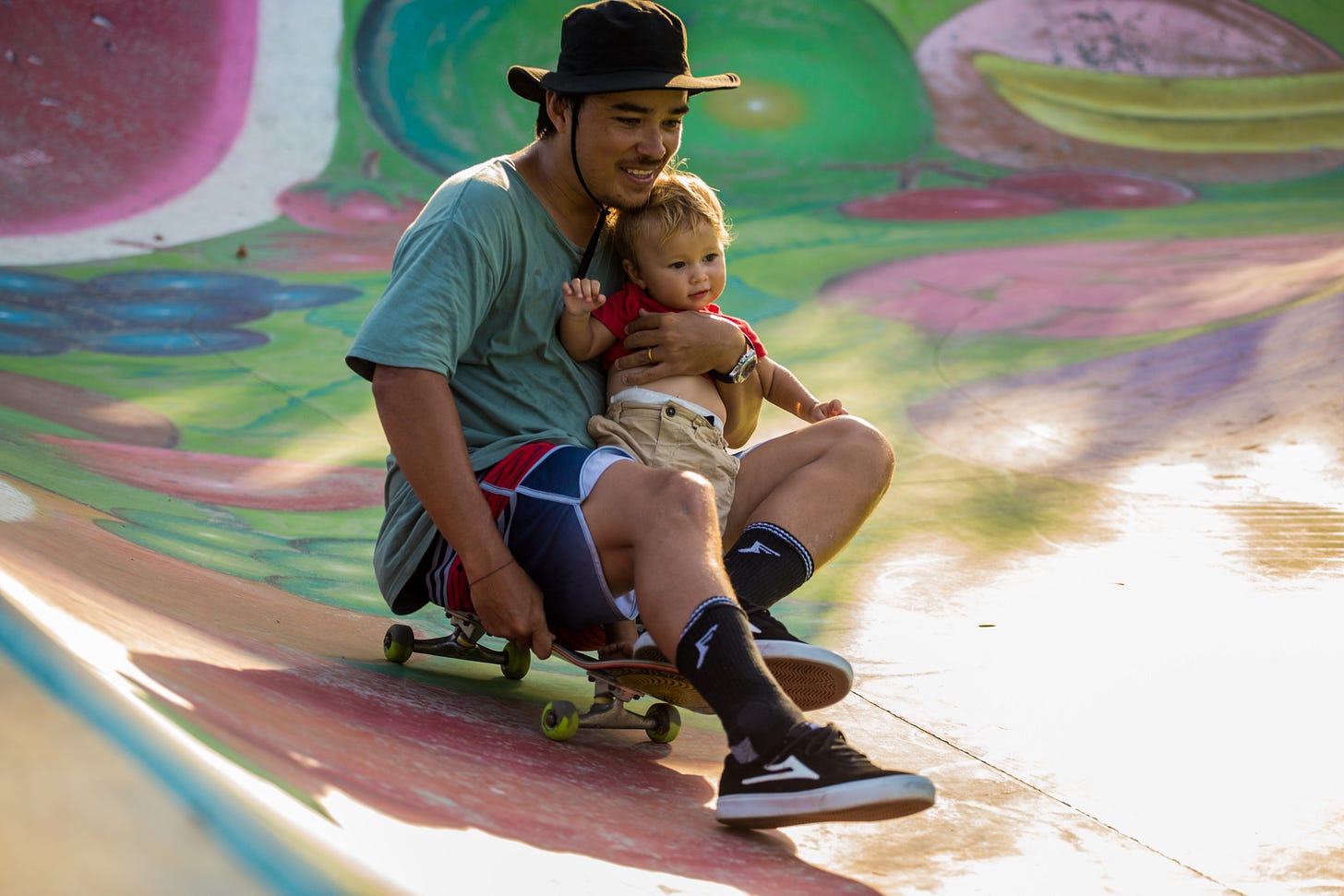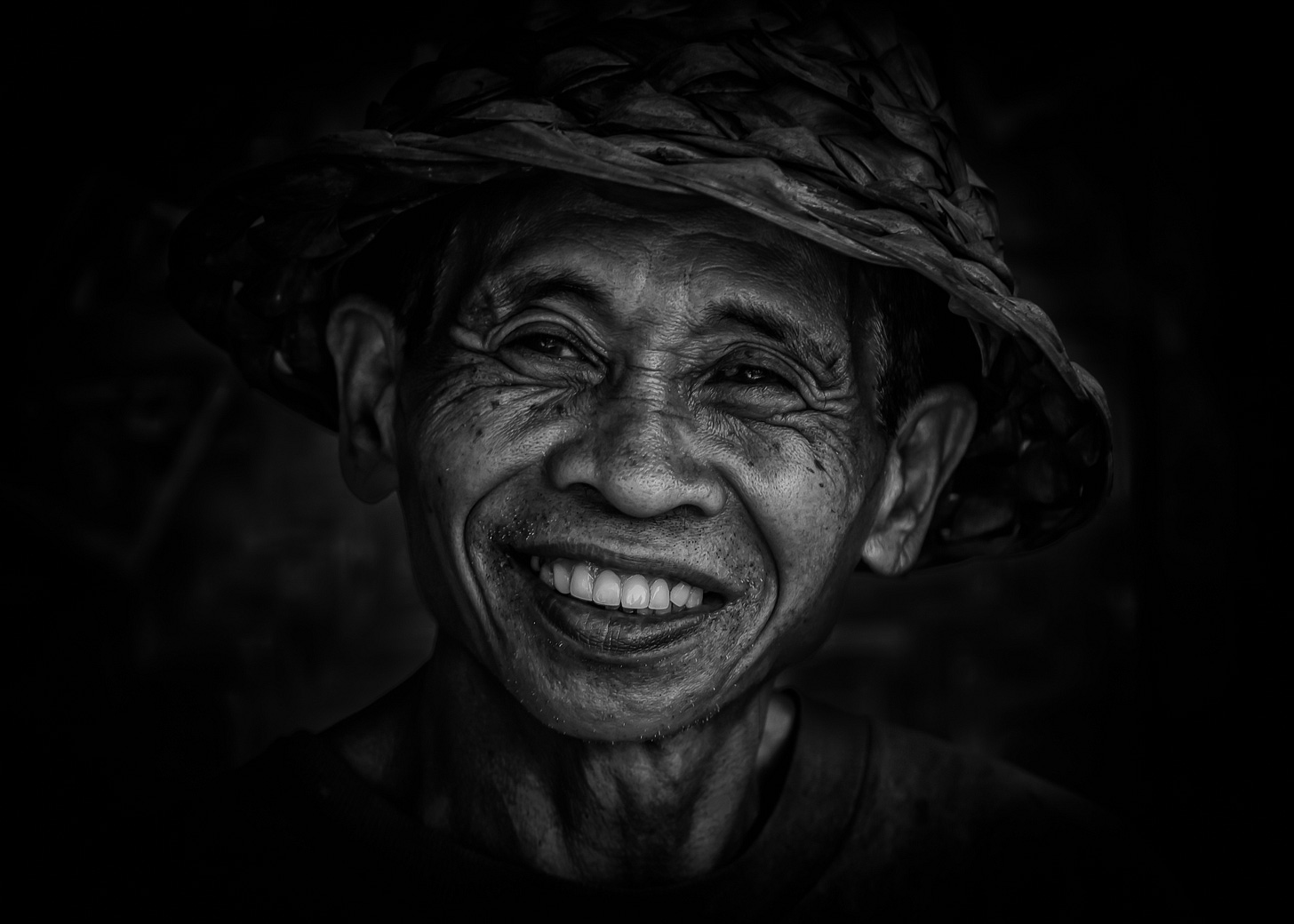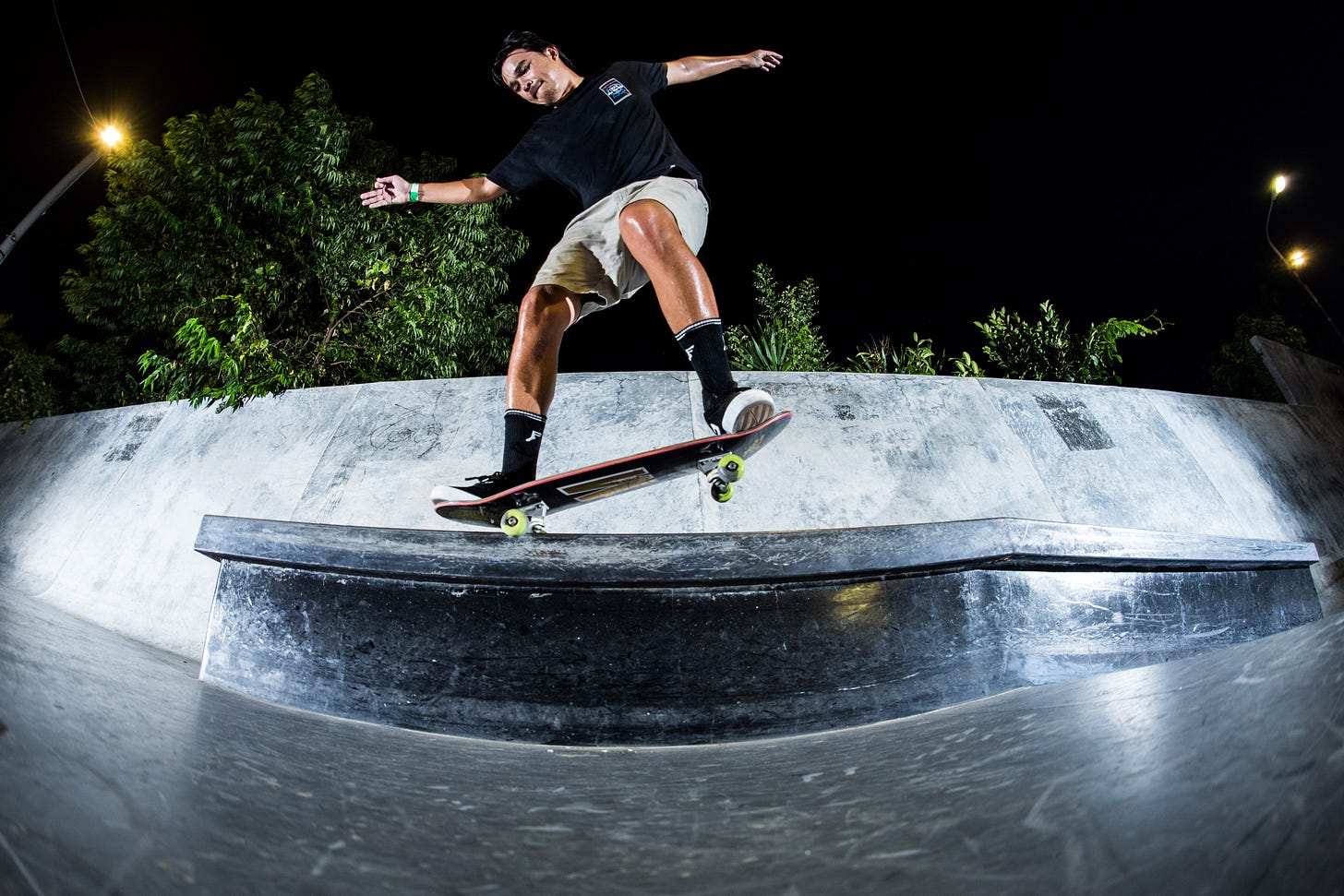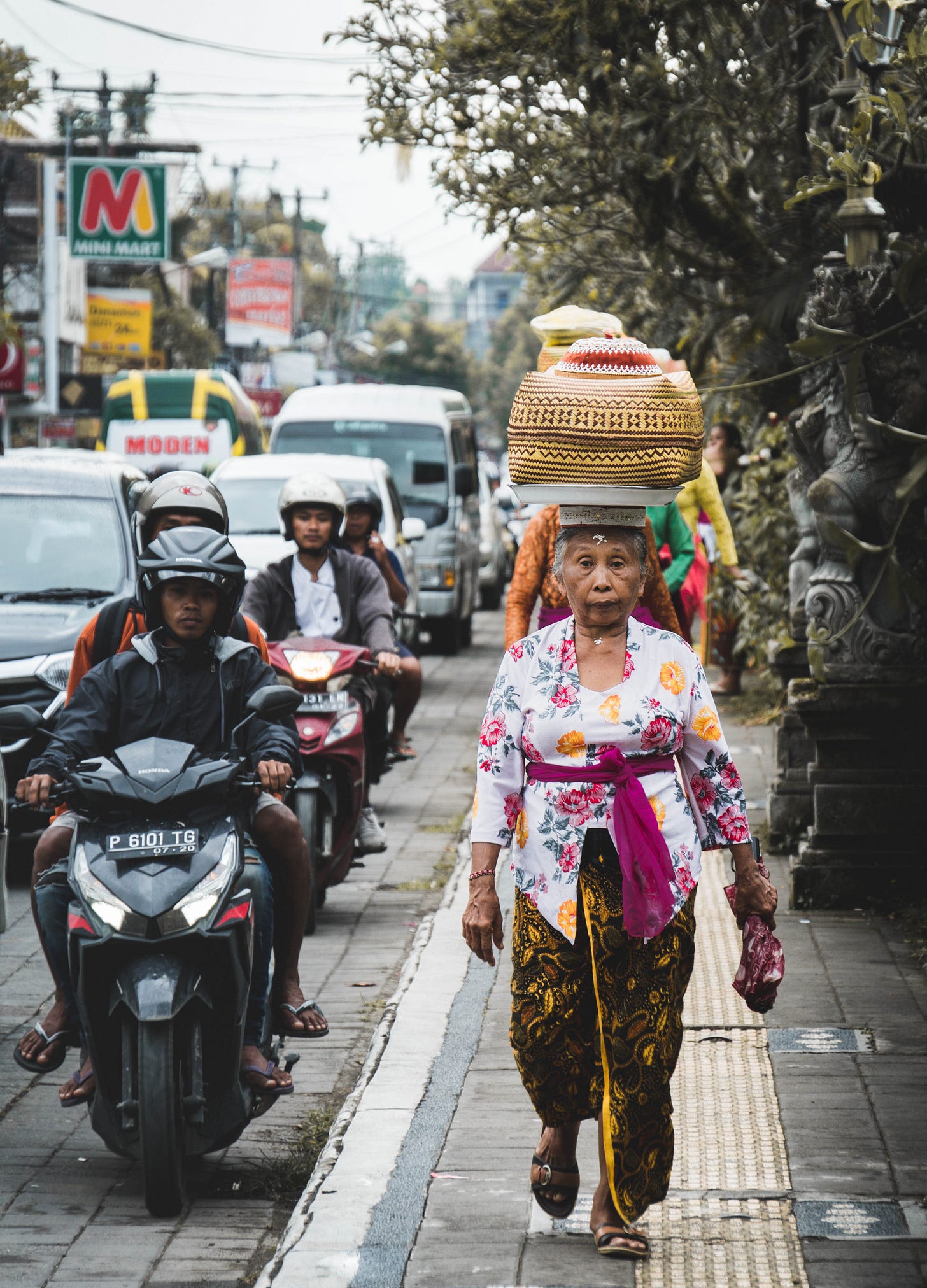The island that speaks a thousand languages
An odyssey of culture and connection
The first time I heard of Rizal Tandjung was in 2004. I remember it clear as day. As a 16-year-old, slightly chubby and a face covered in pimples, girls are nothing but a wet dream - dial-up internet and all.
There was a surf shop down the road from where I lived. The store was kind of dodgy. The owner too, but I spent hours there watching surf movies.
The shop had a back room with a beat-up television set and a DVD player. The rumor was that Ike, the owner of the shop, would watch porn there during his lunch break, which would explain the mattress and occasional tissue scattered over the floor. Ike had a nasty cough that has gone chronic too, so who really knows?
The other boys and I didn't care. We would go from the front of the store to the back of the store with a stack of DVDs, snacks, and a few bottles of Coke and 7UPs. This was our routine after school, after a surf, and on weekends too; basically, whenever we had nothing better to do.
Our selection process was simple. Who's in the movie, and do we like the DVD cover? This, despite the absence of any sophistication or brain power, worked pretty well, as, at the time, Taylor Steele movies featured not only the best surfers, but also the sickest artwork.
So when Hit & Run was our choice for the afternoon, and this lanky, rubber-limbed Indo compared surfing to sex with different girls, I listened...
That was the day Rizal opened up a whole new world for me. A year and 11 months later, I was on a plane to Bali for my 18th birthday. And for the next nine years, I would return every year until I eventually moved to the island of gods.
In a way, Rizal's responsible for how life turned out. The good and bad, but mostly good. If it weren't for him, I wouldn't have met my girlfriend, and if I hadn't met her, I might have never been a dad.
But that won't be the last time Rizal has impacted my life.

If there's one thing I've learned about the island - you don't just visit Bali; you absorb it. The island, sandwiched between Java and Lombok, effortlessly morphs into what its inhabitants and visitors need it to be. Once you catch on to the mystic energy - and I don't mean that in a woo-woo kind of way - you'll never be able to shake it completely.
This energy energizes the tranquility of its villages and beaches, making the chaotic streets and overflown tourist traps seem manageable. It's the people - both local and foreign - that make the place what it is; a melting pot of a thousand languages and cultures, all swirling together in a captivating dance.
The beauty of Bali isn't found in a hollow Bingin cylinder, or the quality of its cuisine alone; it's etched into the faces and lives of those who call this place home, those who pass through, and even those who never leave.
Take Ketut, for example, a fisherman from a small coastal village in the north of the island. With gnarled hands and a weather-beaten face, he represents the soul of the island. His daily routine involves waking up before the sun, venturing out into the ocean with nothing but a small, rickety boat, and casting nets into the salty abyss. Yet, it's not the catch that defines his nature, but the gleam in his eye, a deep passion for his craft and an understanding of the water that only a life lived by the sea can teach.
I once joined him on one of his fishing excursions, and as the dawn broke, it wasn't the fish I remember but the stories he told. Tales of family, tradition, and an uncompromising love for the sea filled the air as we floated atop the waves. Ketut's stories became part of the rhythm of the water, the swaying of the boat, the salty breeze brushing against my face.
Or further down the tourist trail and closer to the Canggu vortex lives Luh, a young artist who runs a workshop just outside Padang Linjong. Her art is not the kind that will decorate the walls of upscale galleries; instead, it's the art of the people, drawn from the very fabric of Balinese culture. Vibrant, colorful, and raw, her paintings tell the story of Bali's spirit.
She invited me inside her studio. As humble and unpretentious as its owner, the workshop tells stories without many words. Everywhere I looked, there were paintings of gods, scenes from the countryside, and depictions of how life was lived in Bali a century ago.
In the time I spent with her, she shared tales about her family with me as she painted - hands smeared with paint, as she created something neither of us could define.
It was an explosion of emotion, culture, and understanding that transcended language barriers and personal differences. With every brushstroke, Luh shared her vision of Bali – not as a tourist destination but as a living, breathing entity.
But Luh and Ketut are only two souls out of 4.3 million inhabiting the island, but their accounts form the base for what drives this island; creative expression.
Whether it's surfing, art or food, Bali thrives on a pulsating current of creativity that flows through every nook and cranny. It's this creative energy that attracts people from all walks of life, making the island a melting pot where dreams are nurtured, and passions are realized.
And those dreams? They're not just vague desires, but real and intertwined with Bali's essence.
Speaking of real and intertwined, take Marlon Gerber. You say that name around here, and the ocean seems to shout back. As part of surf royalty, alongside his brother-in-law Rizal Tandjung, Marlon has become synonymous with the island's surf culture - arguably the biggest pull for people from around the world to visit the island renowned for its fabled lefthanders.
The name Rizal Tandjung keeps coming up. Rizal and Marlon are part of the Tandjung dynasty. Their family's influence stretches from putting Bali on the map through Rizal's iconic movie parts to Marlon's most recent exploit IMA SURF.
Move away from the water a bit, and you'll bump into Afandy Dharma Fairbrother. A family man at heart with an affinity for concrete is one way to describe him. But perhaps a more fitting description of Afandy is, a former skate pro who turned skatepark mogul whose love for the sport reshaped the contours of Bali's urban scene.

His story, like that of many on the island, is a blend of tradition and innovation, local roots and global influences. He's taken a sport once sidelined and turned it into a cultural cornerstone across the island and all over Indonesia, cementing its place in the global skateboarding community.
Much like the skate parks he's built, Afandy's story is one of transformation, of taking the raw materials of life and turning them into something useful.
But the island's spell doesn't discriminate by origin, and Crille Rask stands as proof. The soft-spoken and intellectually sexy Swede with Portuguese roots found in Bali an inexplicable home. Behind the camera, on various crafts, or as a Roark ambassador, Crille's story reveals an island that doesn't yield but embraces, doesn't alienate but welcomes. His relationship with Bali isn't an accident of birth, but an intentional alignment despite the wild, the calm, the chaos, all of it.
The stories of Ketut and Luh, Marlon, Afandy, and Crille are interwoven with the fabric of the island, each adding a new dimension, a different shade, and a unique texture. They are not merely individuals; they are part of a collective symphony, a harmonious blend of voices that sing the song of Bali.
This song isn't one I simply hear; it's one I've become a part of.
As I navigate the winding paths of this incredible island, I often find myself wandering through the narrow alleys, mingling with both locals and visitors alike.
I feel the pulse of the markets, the hum of scooters, the chants from the temples, and the laughter from the corner food stalls. I taste the spices, the sweetness, and the warmth in every meal shared, every conversation held, every smile exchanged.
In the crowded streets of Seminyak or the hidden corners of the west, the island unfolds, revealing layers and layers of experiences, emotions, and people.
People who have taught me about resilience, love, culture, and the genuine human connection that binds us all.
Bali isn't the prettiest, cleanest, or easiest place to live. But it is magnetic, raw, and undeniably real. It doesn't try to be anything other than what it is, and that's where its true beauty lies.
So here's to the fisherman, the artist, the pembantu, the shopkeeper, the cook, the driver, the dancer, Marlon, Afandy, Crille, and every single soul that breathes life into the island.
Here's to the countless stories waiting to be told, waiting to be lived. Here's to Bali, a place that has become an endless source of inspiration and a reminder that beauty is often found in the most unexpected places.
And Rizal? Well, he was right all along. His words that once resonated with a pimpled 16-year-old still ring true today. As it turns out, to me, Bali will always be more than just an island.
It's home.









